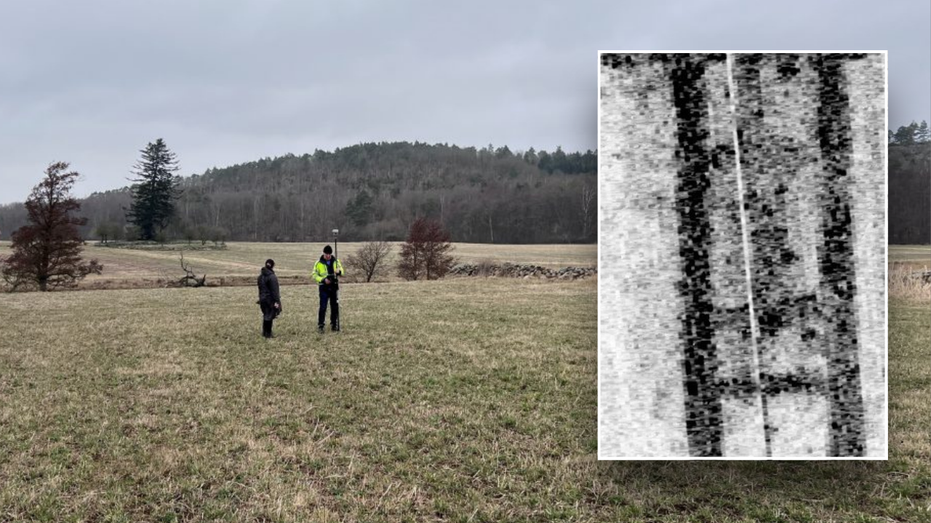History Enthusiast Discovers Lost Medieval Monastery Using Mysterious Map Symbol
Swedish archaeologists uncover medieval monastery ruins in Derome using ancient maps and cutting-edge radar technology.

A medieval monastery, long lost to history, has been uncovered in a Swedish field, thanks to the keen eye and curiosity of a local history enthusiast. Göran Bengtsson, while poring over centuries-old maps, noticed an odd rectangular symbol marked as "Klosterkullen," or "monastery hill," on a map from 1760. The find piqued his interest, prompting him to investigate the spot further with his metal detector.
Bengtsson’s hunch proved to be remarkably accurate. Upon his alert, a team of professional archaeologists employed ground-penetrating radar (GPR) at the site in Derome, southwest Sweden. The radar revealed substantial underground anomalies: thick stone walls and possible foundation pillars, indicating the remnants of a large, once-imposing building. The archaeological group Arkeologerna, affiliated with the Swedish government, confirmed the find and credited Bengtsson for his pivotal role in the discovery.
“I have worked as an archaeologist for 40 years, and this is something unique,” remarked Bengt Westergaard, one of the experts on site. “I have never seen anything like it; the walls were very clearly visible.” The clarity of the structures was enhanced by recent dry weather, which caused crop marks to appear, making the buried walls apparent even above ground. These natural clues, combined with sophisticated technology, provided clear evidence that a medieval religious structure once stood here.
The unearthed walls, measuring about 6.5 feet thick, are believed to have formed part of the eastern wing and the dormitory area of the monastery. Experts suspect these could be the surviving remains of Ås Abbey, a significant Cistercian monastery established in the late 1100s. Historical records suggest that the abbey might have originally been built on this site before being moved in the 13th century, as indicated by a letter from 1243 in which the abbot applied for relocation.
Further excavations are needed to confirm the full extent and function of the ruins. Archaeologists are particularly interested in determining whether more of the church was ever built, or if construction ceased early in the abbey’s history. The discovery opens new chapters in understanding the spread of monastic life and the Cistercian order’s influence in medieval Sweden.
This latest find adds to a string of significant archaeological discoveries in Sweden over the past year. Recent highlights include the unearthing of a 12th-century grave containing buried treasure and the identification of an unusual Viking-era coffin with Christian elements. Each finding reveals more about Sweden’s rich and varied history, captivating both professionals and amateurs alike.




